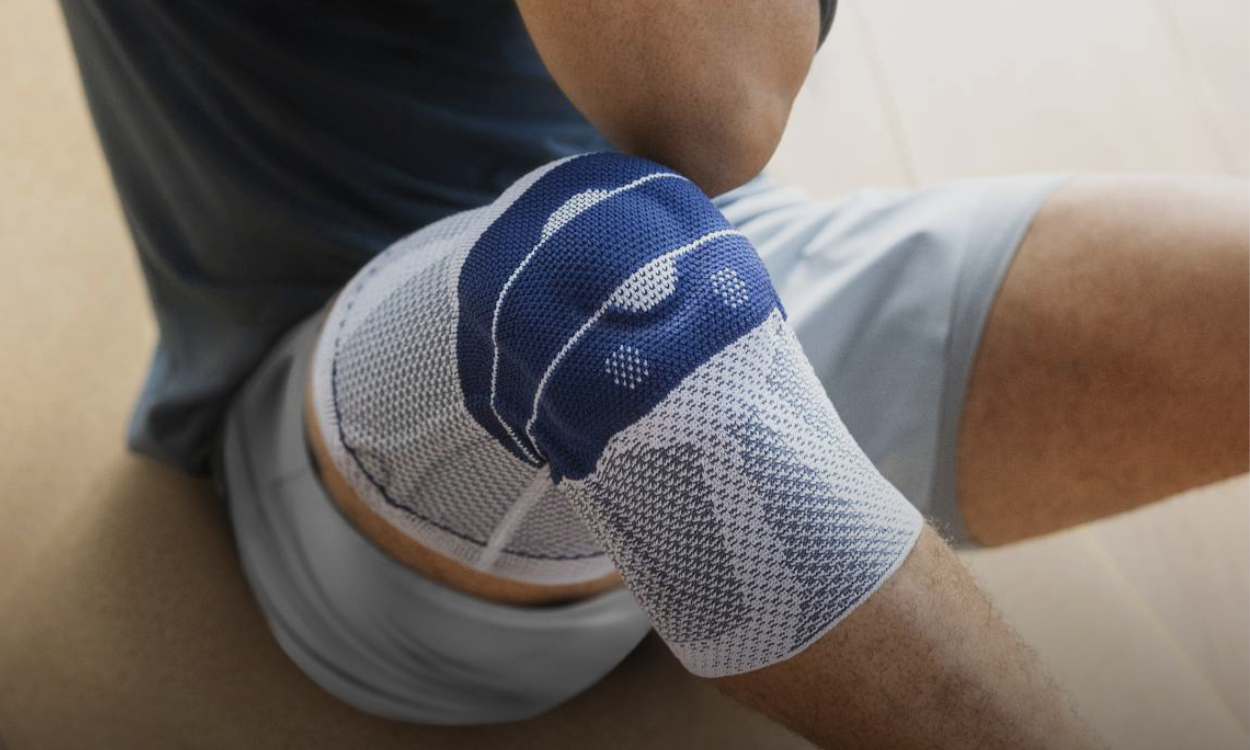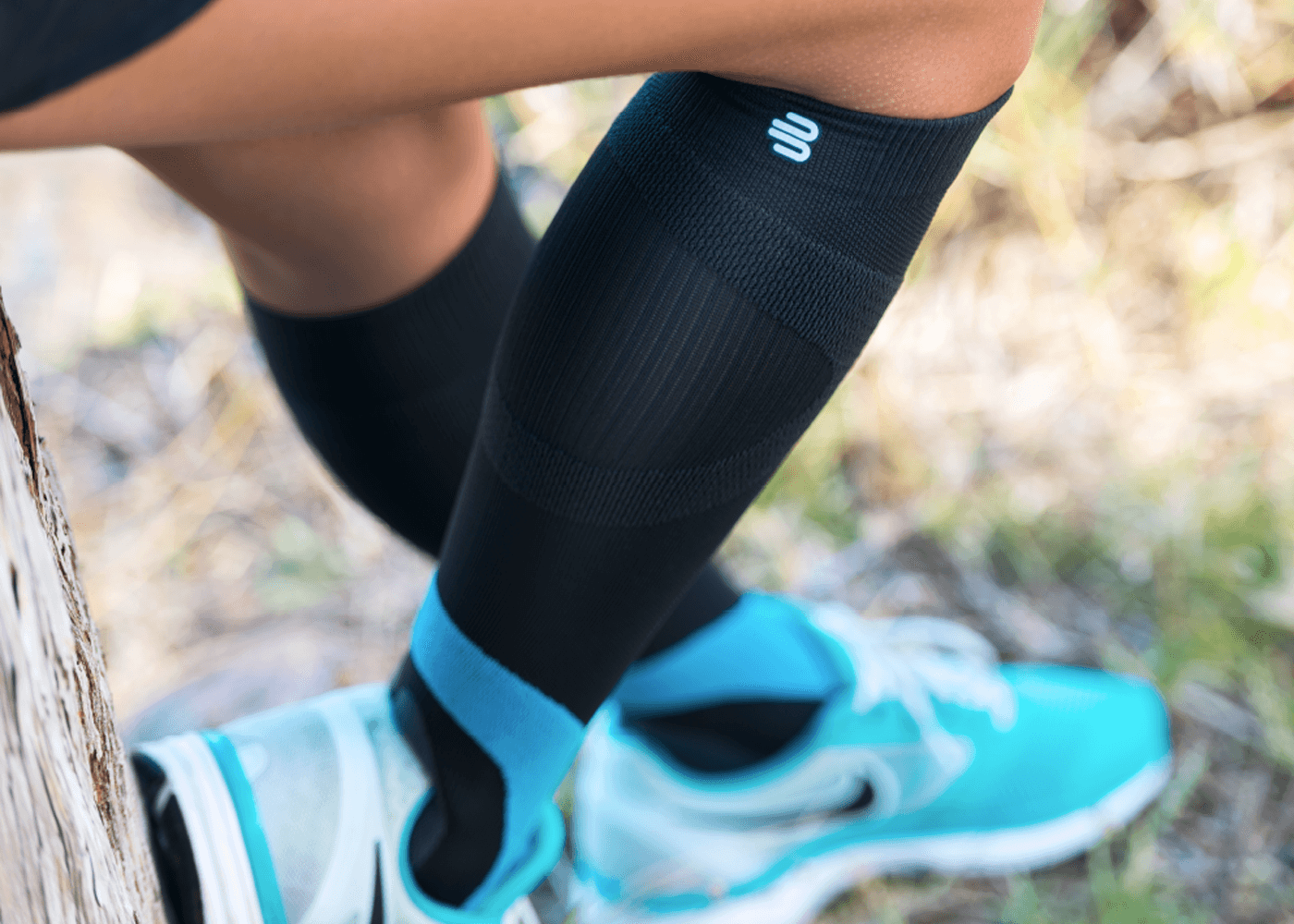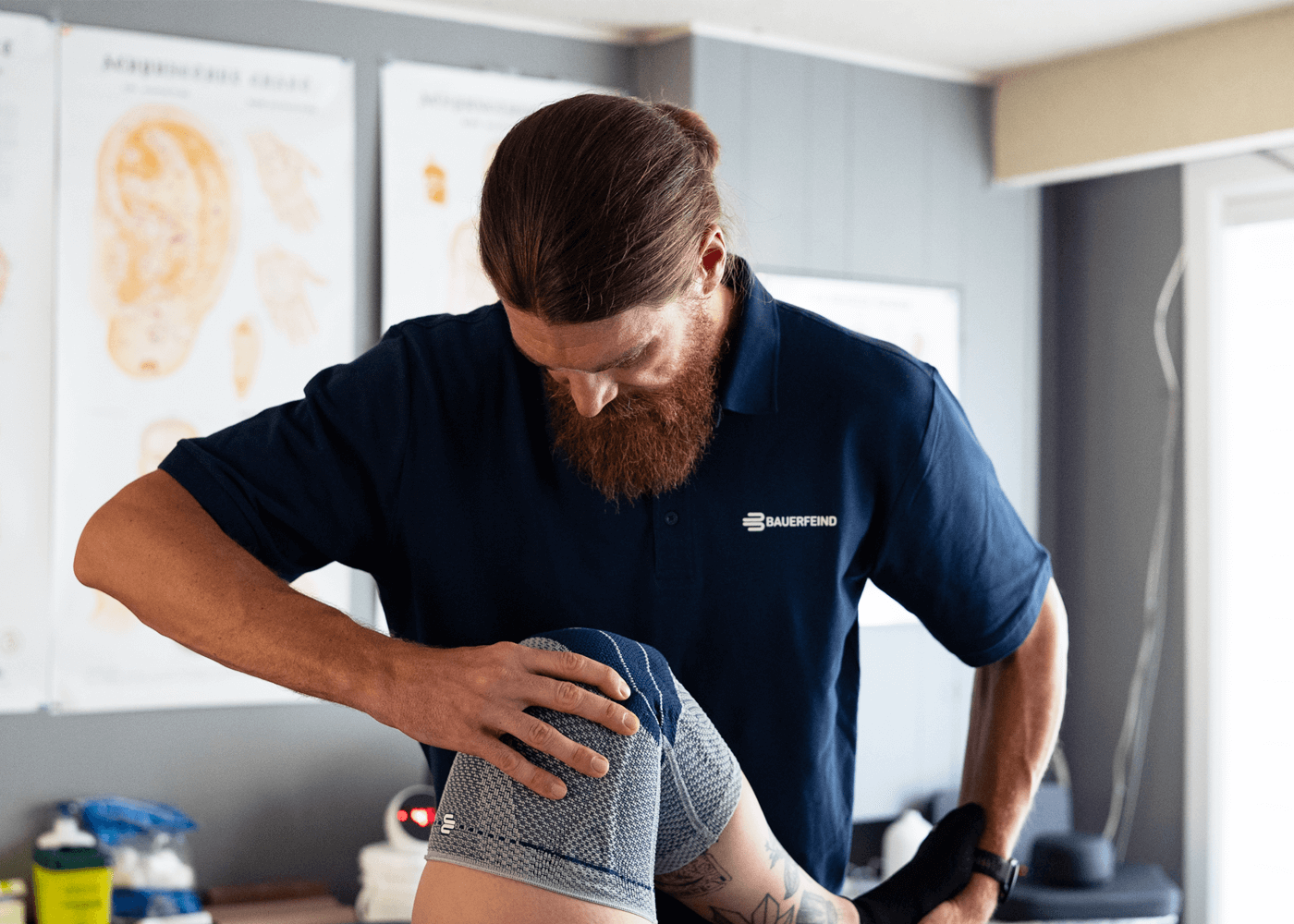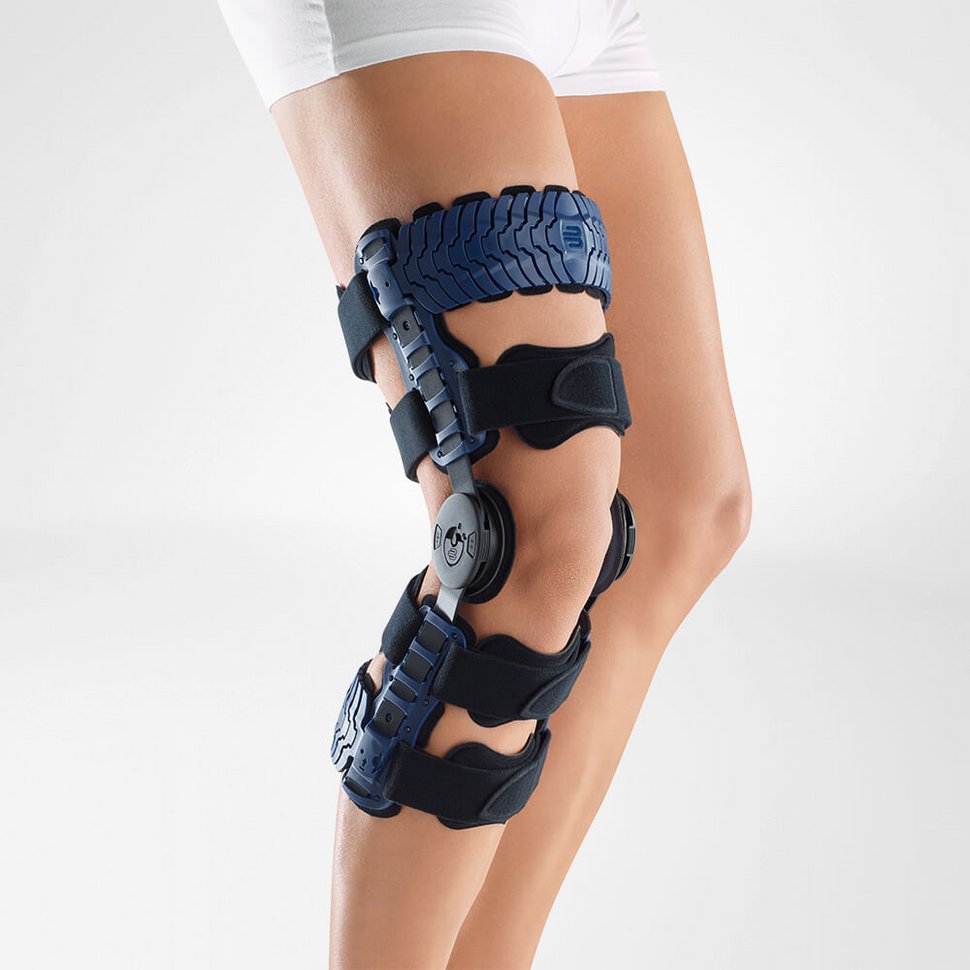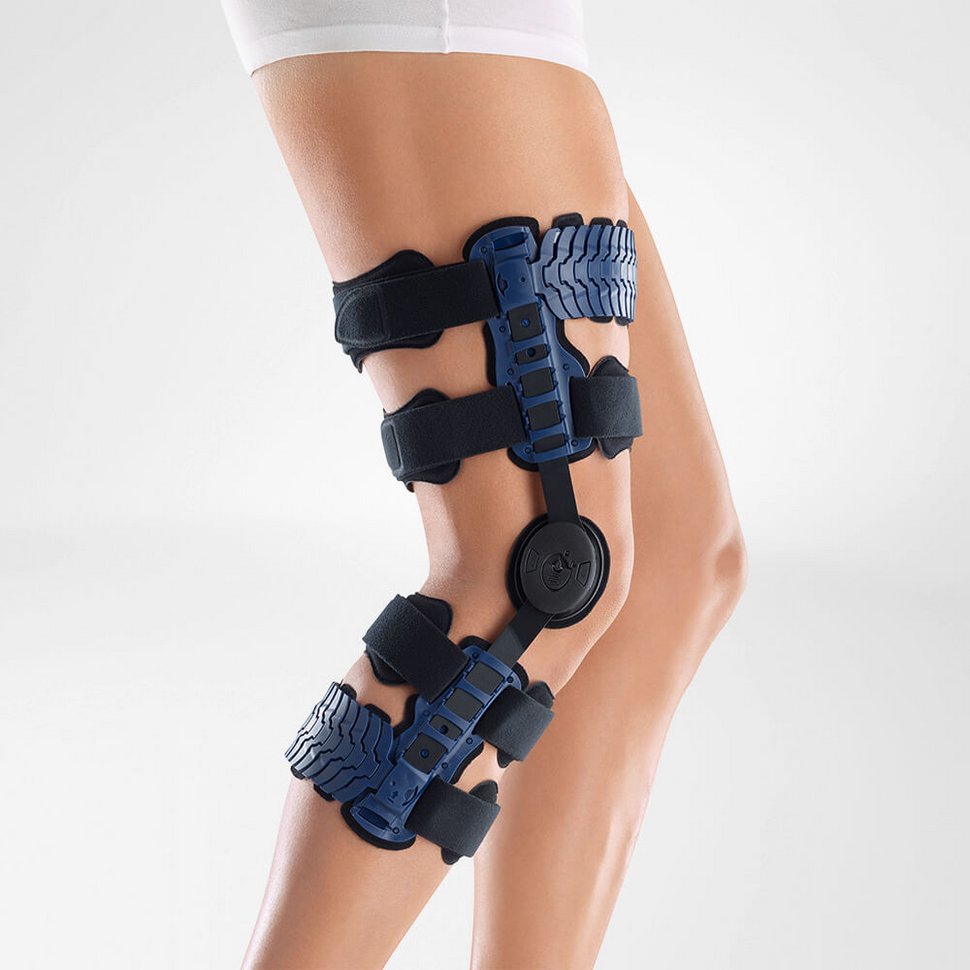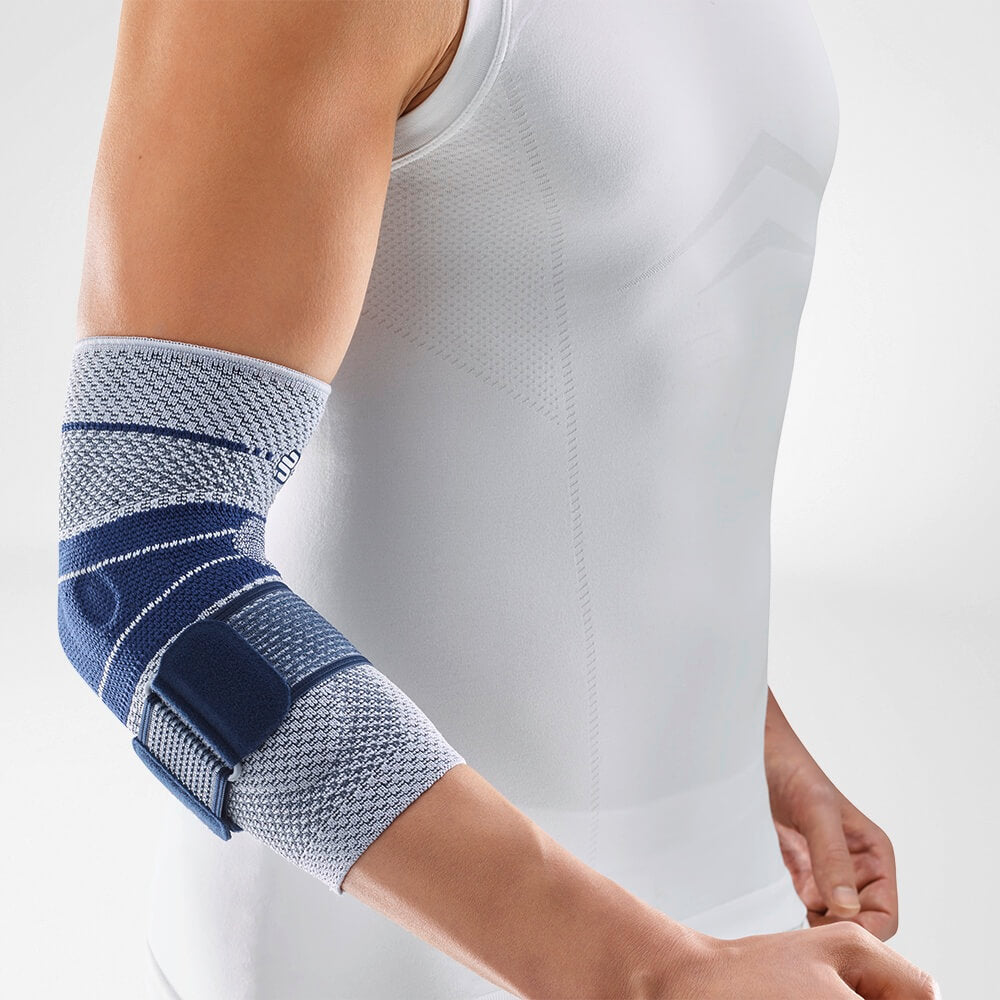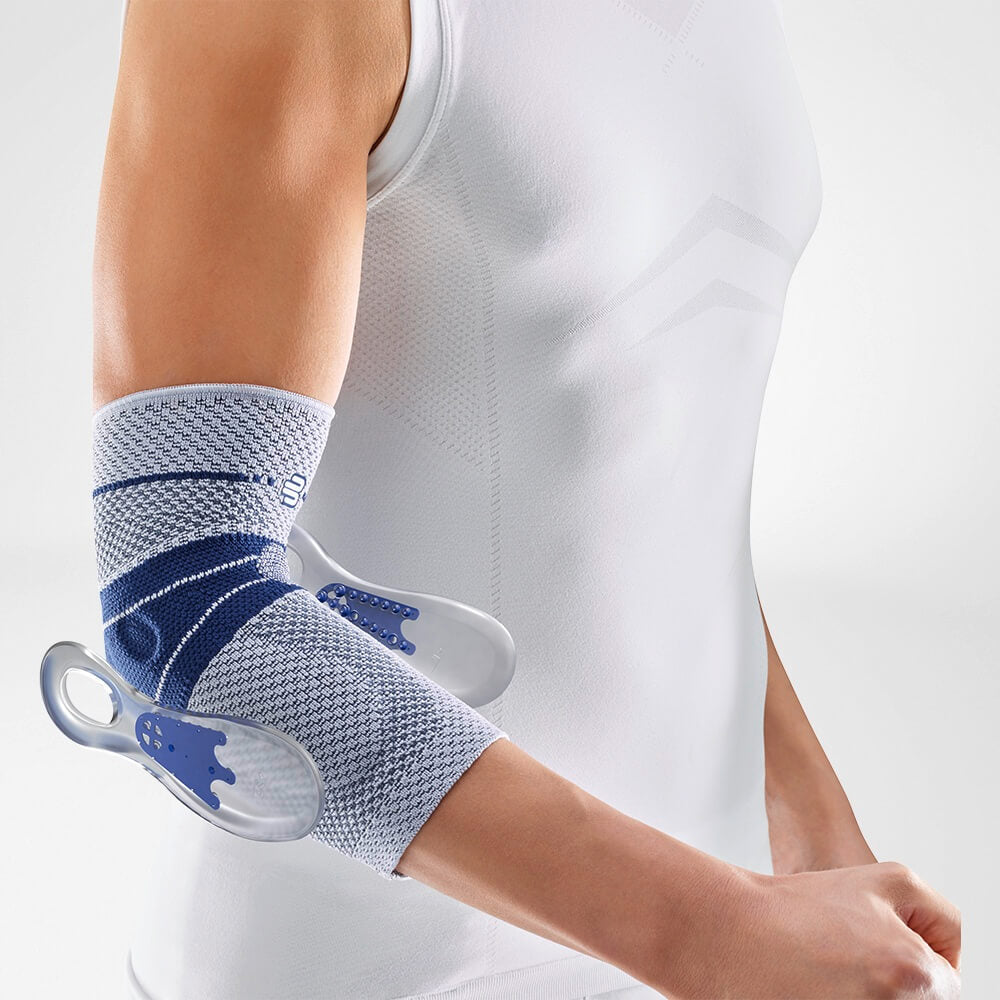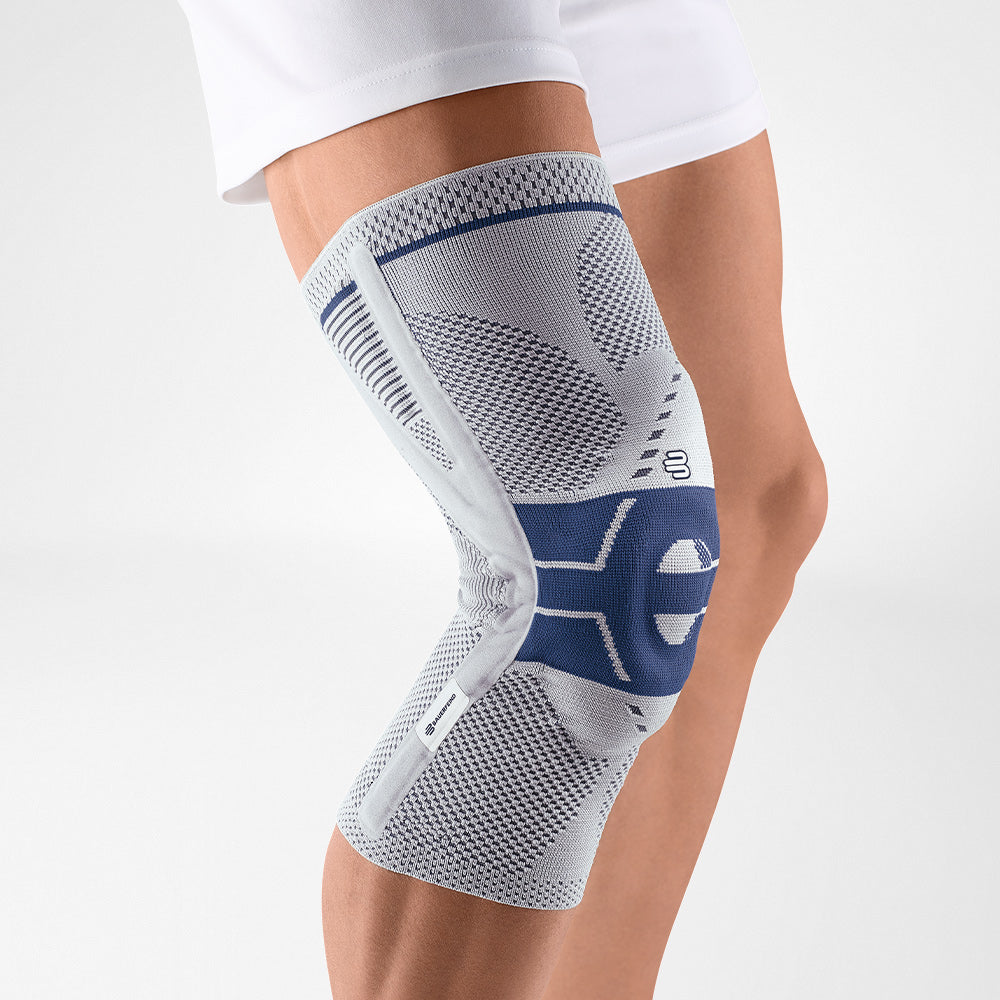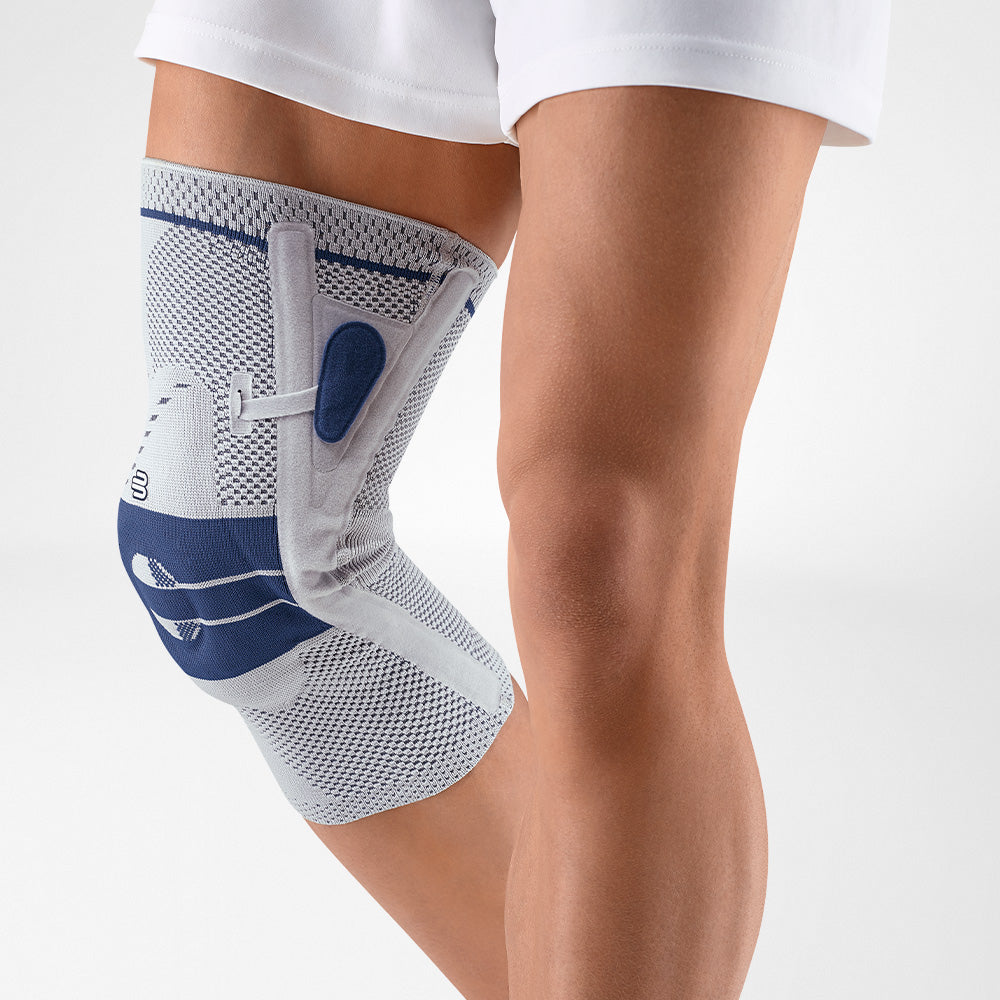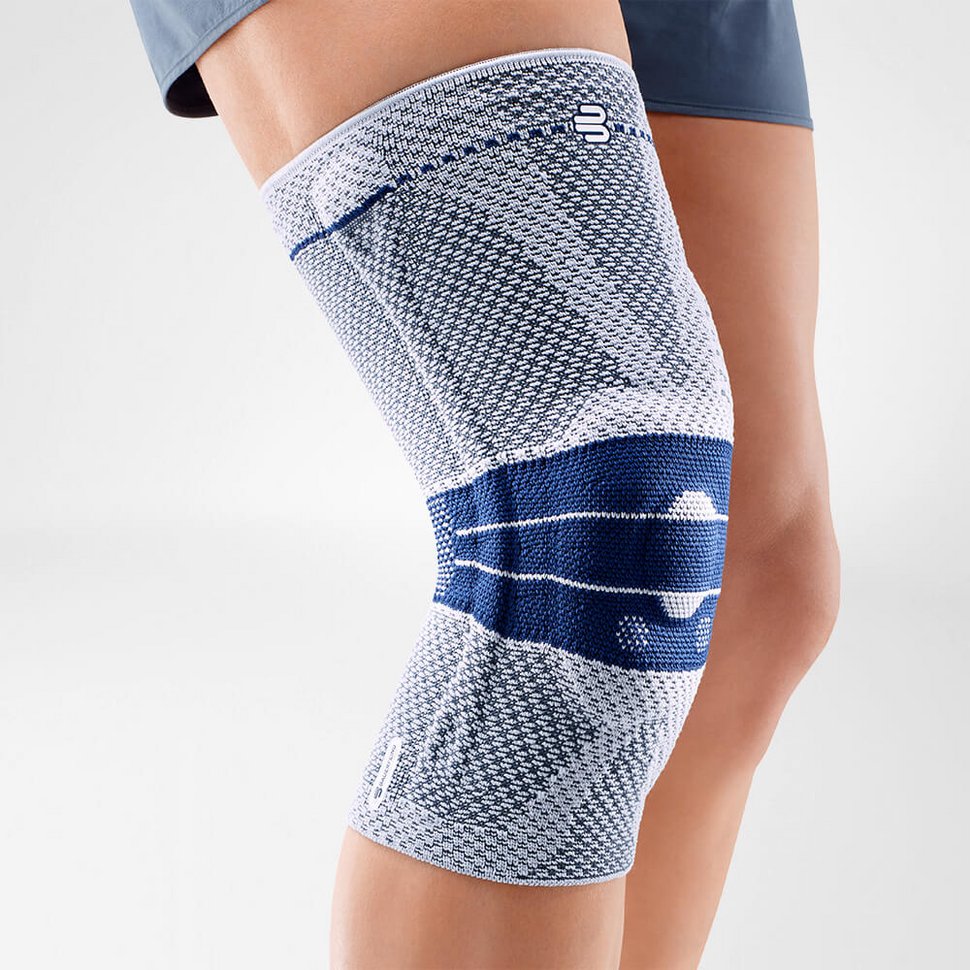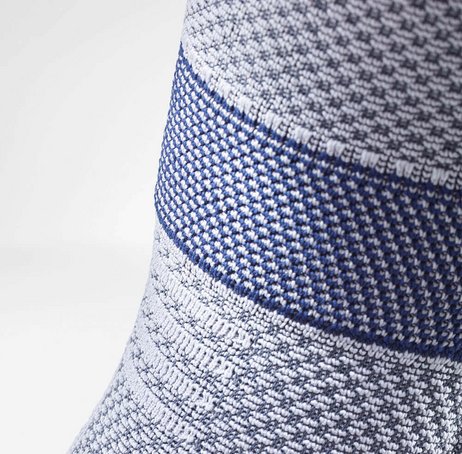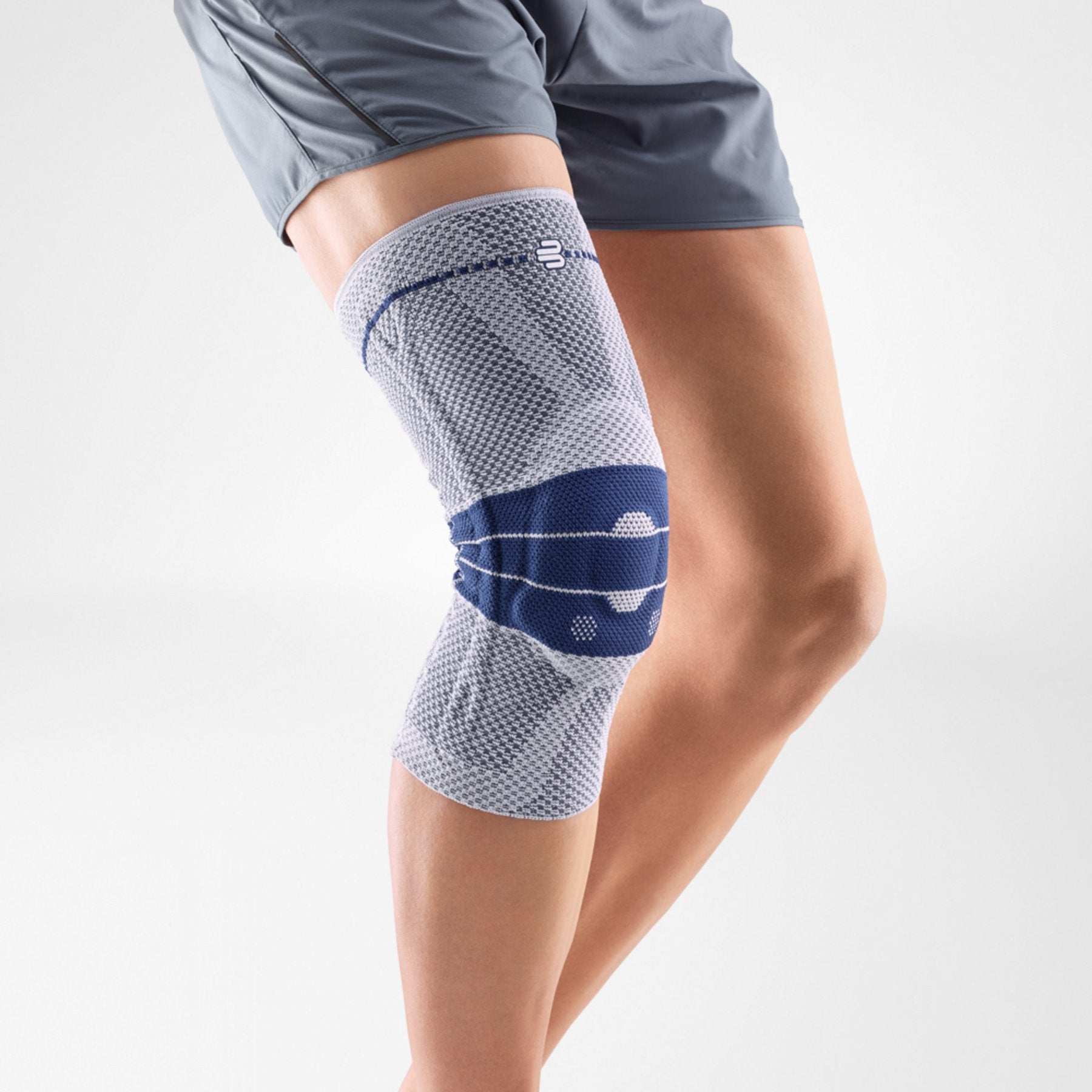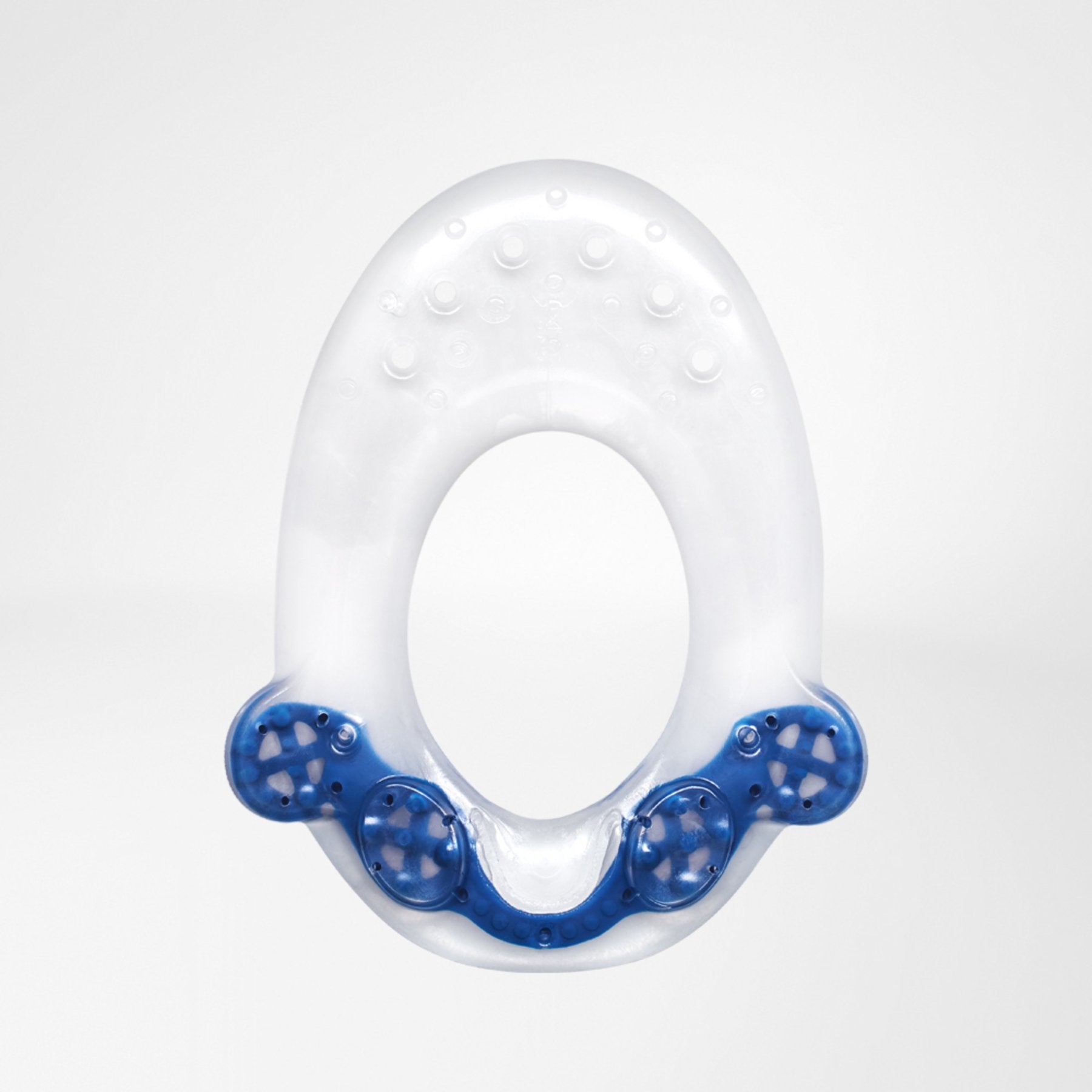Knee pain that is insidious in onset, meaning it came from no identifiable injury, can be very frustrating.
Individuals experiencing this seemly unexplained knee pain are not always aware of what’s causing it and that’s ok. Typically with unexplained knee pain, it is unlikely that one specific factor is causing the discomfort, more likely is that a multitude of different factors are contributing to the pain.

These may include
-
Inappropriate Mechanical Stress
-
Overloading the Joint During Physical Activity
-
Reduced Capacity of the Ligaments Surrounding the Joint
-
Contractile Strength of the Muscles Surrounding the Joint
-
Lifestyle Factors (smoking, alcohol use, inactivity)
-
Stress
-
Poor Sleep Quality
-
General Health
-
Environmental Factors
Improvements/modifications in these areas could significantly improve an individual's knee pain, of course, some areas are more challenging than others to address.
As individuals get older we often hear the label Knee Osteoarthritis (OA) given to many people with non-specific knee pain. Arthritis is one of the most common signs of wear and tear on the joints.

Various factors can lead to cartilage damage in the knees which increases the pressure on the underlying bones. To compensate for this added pressure, the joint surface increases, and bony tips begin to form at the edges reducing joint mobility. As the cartilage wears out and the bones move closer and closer together the joint space narrows further. When the bones and joints are unprotected the knee becomes immobile and stiff.
Unfortunately, existing cartilage damage cannot be reversed. The goal of therapy is therefore to slow down the progression of the disease, relieve pain and improve the quality of life of those affected.
A 2015 study by French, Bennel, et al, identified 21 important messages to convey to people who are experiencing knee OA. Let’s take a look at a few;
-
Joint damage on X-ray does not indicate how OA may impact you.
-
Regular physical activity and individualized exercise programs, including strength training, cardiovascular activity, and flexibility exercises can reduce pain, and prevent the worsening of symptoms.
-
Lifestyle changes that reduce excess weight and support physical activity are beneficial not only for those in the management of OA but can also help reduce other health-related risk factors.
-
Maintaining muscular strength around the joint is important in reducing pain and maintaining proper function.
While the above suggestions can be very helpful in the treatment and management of Knee OA, the issue is, however, that many individuals with Knee OA remain largely inactive because the pain in the joints increases when they are put under strain.
So how do we get around this issue? Wearing a medical brace or orthoses can help.

If there is no malalignment in the leg the GenuTrain or GenuTrain A3 can help treat early-stage OA.
The Train knit fabric repeatedly stimulates the skin, which promotes movement perception, activates the muscles, and stabilizes the joint. Both braces contain integrated visco-elastic pads which prevent the kneecap from slipping, combat pain, and massage the surrounding tissue.
Although a brace is not a magic cure for any condition, the right brace can have an immediate positive effect on pain levels, joint support, and overall mobility!

